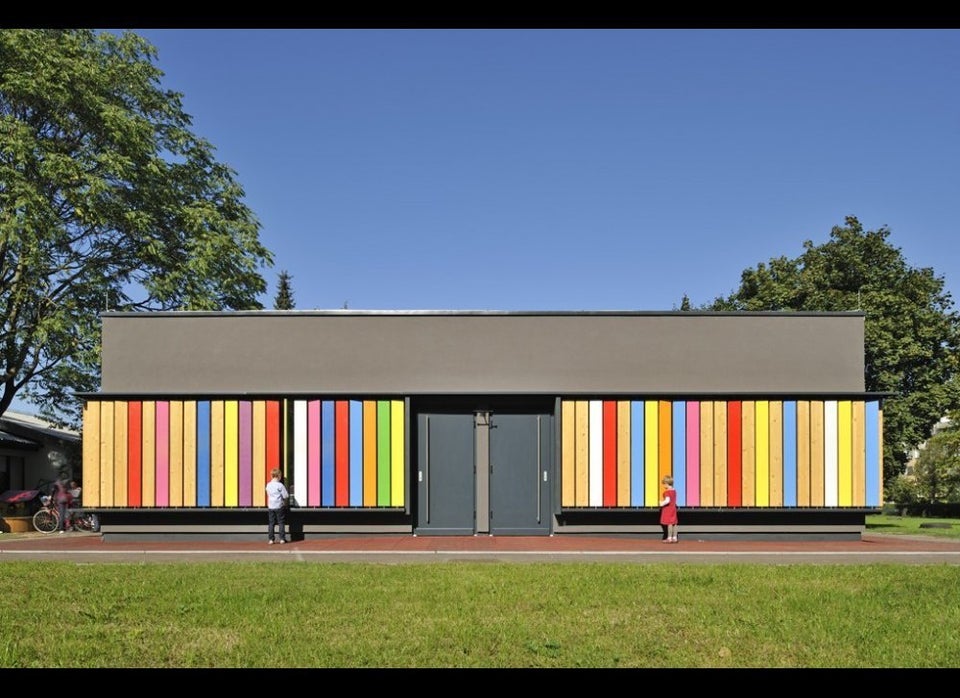
More than half of over 7,000 residents in the Indianapolis Public Schools district are dissatisfied with the school system, according to a survey conducted this past summer.
The survey, which was sponsored by Indianapolis Mayor Greg Ballard, IPS and seven other community groups, revealed that 52 percent of respondents rated IPS at 6 or lower on a 10-point scale, and were thus counted as “dissatisfied stakeholders.” The remaining 48 percent were categorized as satisfied or enthusiastic about the district.
According to the Indianapolis Business Journal, there was a large gap between respondents who were dissatisfied with the school system, and the so-called “loyal enthusiasts” who scored IPS at a 9 or 10. “Loyal enthusiasts” outnumbered “dissatisfied stakeholders” in only two of the 17 ZIP codes that comprise the IPS district.
Not surprisingly, respondents expressed overwhelming support for effective teachers and principals, school-level decision-making, safe school environments and expanded extracurricular programs. The only category to receive slightly less than 90-percent support was the suggestion to replace underperforming schools with better options; the Indianapolis Business Journal reports that idea is a central component to an IPS overhaul proposed last year by The Mind Trust, an Indianapolis-based education reform group.
Nearly 80 percent of those surveyed favored state funding for preschool; 65 percent also support IPS rearranging its funds in order to pay for preschool. Only 44 percent were receptive to increasing local property tax to fund school for 4-year-olds.
Indianapolis Public Schools currently boasts 30,100 students, down by 1,500 from the previous year. The Indianapolis Business Journal reports widespread dissatisfaction in the district is likely to blame for declining enrollments and a growing demand for charter schools that have been springing up as an alternative to IPS.
That said, the stakeholder satisfaction scores should not be taken at face value, according to Stand for Children staff members, who helped coordinate the survey and write up the results.
“On a number of occasions, stakeholders indicated their responses are dependent on which IPS school was being discussed, with strong support for some schools and little support for others,” they wrote in a report on the survey.
The survey did not require respondents who identified themselves as school parents or grandparents to specify whether they have childrein in IPS schools, something IPS Superintendent Eugene White took issue with.
“It was ambiguous; it really didn’t mean anything. It was almost skewed to be negative,” White told the Indianapolis Business Journal. “I really think it was somewhat misleading, and I didn’t like that.”
The survey results come just as the Indiana Department of Education released its controversial new A to F system for grading schools. The Indianapolis Star reports 25 percent of IPS schools raised their grades, while 37 percent posted declining grades.
More broadly, a Gallup survey conducted in August found that more than half — 53 percent — of Americans are dissatisfied with American public education, but are more inclined to rate their own children’s schools highly.
